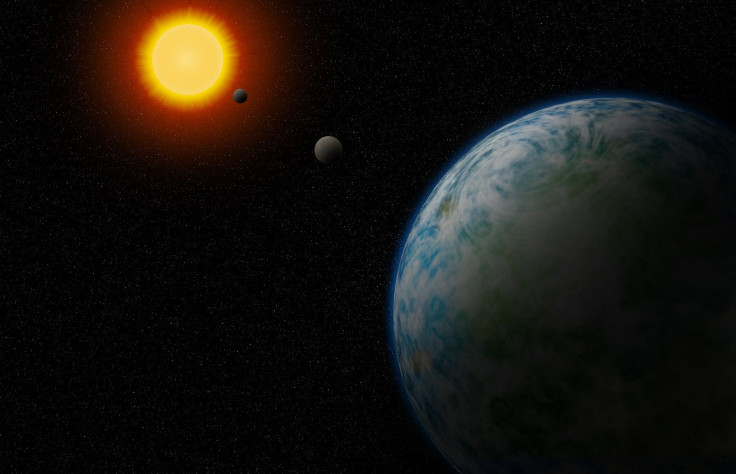NASA Scientists Develop Planetary Simulator To Find Habitable Alien Exoplanets

KEY POINTS
- Scientists developed a planetary simulator to find habitable exoplanets
- The planetary simulator was made using Earth's climate models
- Proxima b could be a habitable exoplanet
Scientists at NASA were able to develop a new system that can determine if an exoplanet is potentially habitable. The planetary simulator was made using computer models based on Earth’s climate.
Searching a planet that is capable of supporting life has always been one of the goals of NASA. Although the agency has already come across exoplanets within habitable zones, not much is known regarding the climates of these alien worlds.
As a solution to this issue, scientists at NASA’s Jet Propulsion Laboratory turned to Earth to learn more about the weather patterns of exoplanets. Specifically, they used the models that simulate how Earth’s climate works and its effect on the atmospheric and environmental conditions of the planet.
Through these models, the scientists were able to develop a new system known as ROCKE-3D, which is basically a planetary simulator. It works by analyzing the characteristics of an exoplanet and determining if it has the right atmospheric and weather conditions to support life.
“If we want to observe most wisely, we have to take recommendations from climate models,” retired planetary scientist Anthony Del Genio, who helped develop ROCKE-3D, said in a statement. “That's just increasing the odds.”
Del Genio and his team recently ran the planetary simulator on Proxima b, an exoplanet orbiting within the habitable zone of the closest star system to the Sun. Previous data collected on the exoplanet revealed that it is tidally locked, which means it does not rotate as it orbits its host star. Since the same side of the planet is always facing the star, many scientists speculated that half of the exoplanet might be too hot to be habitable.
However, after running an analysis on ROCKE-3D, Del Genio and his colleagues learned that Proxima b may have large cloud clusters on the side that’s always facing the star. This means that the sunny side of the exoplanet may have substantial cloud coverage, making it less hot than previously believed.
For Del Genio, this kind of information can help future scientific missions determine select exoplanet candidates that might have habitable conditions.
© Copyright IBTimes 2024. All rights reserved.




















